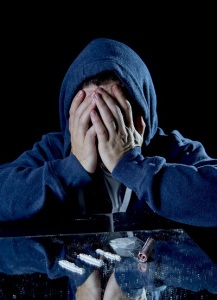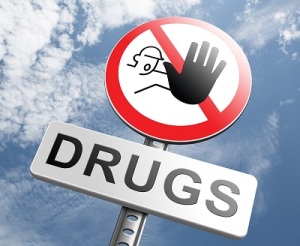Drug abuse is a difficult thing to fight. This is why when choosing a rehab program, there are several factors to consider:
Proper Licensing and Credentials
Always check the facility’s reputation and experience. The center should have the proper licenses and credentials to offer the programs to their patients. A treatment program should be accredited by the state. Also, ensure that the program is run by licensed, well-trained mental health professionals and addiction specialists.
Effectiveness of the Program
Rehabilitation centers should be able to provide statistics regarding their success rates and also offer services that can guide their patients post-treatment. The center’s staff should be able to prepare and devise plans for the patient in the event of a relapse.
Type of Treatment Program
Treatment programs are ideally structured differently as they are tailored to match specific patients. Outpatient programs, for example, usually consist of weekly group counseling, behavioral therapy, and educating addicts with the knowledge that can help them with their struggles.
Residential treatment, on the other hand, can lasts weeks to months—even up to a year. Patients are personally supervised by the center’s staff and are placed under programs which involve medication, therapy, exercises, and counseling. Orange County alcohol rehab centers offer residential programs in varying durations. Residential rehabilitation programs, when compared to other forms of treatment, are proven to be more effective than most outpatient therapy treatments as they provide more intensive and individualized care.




